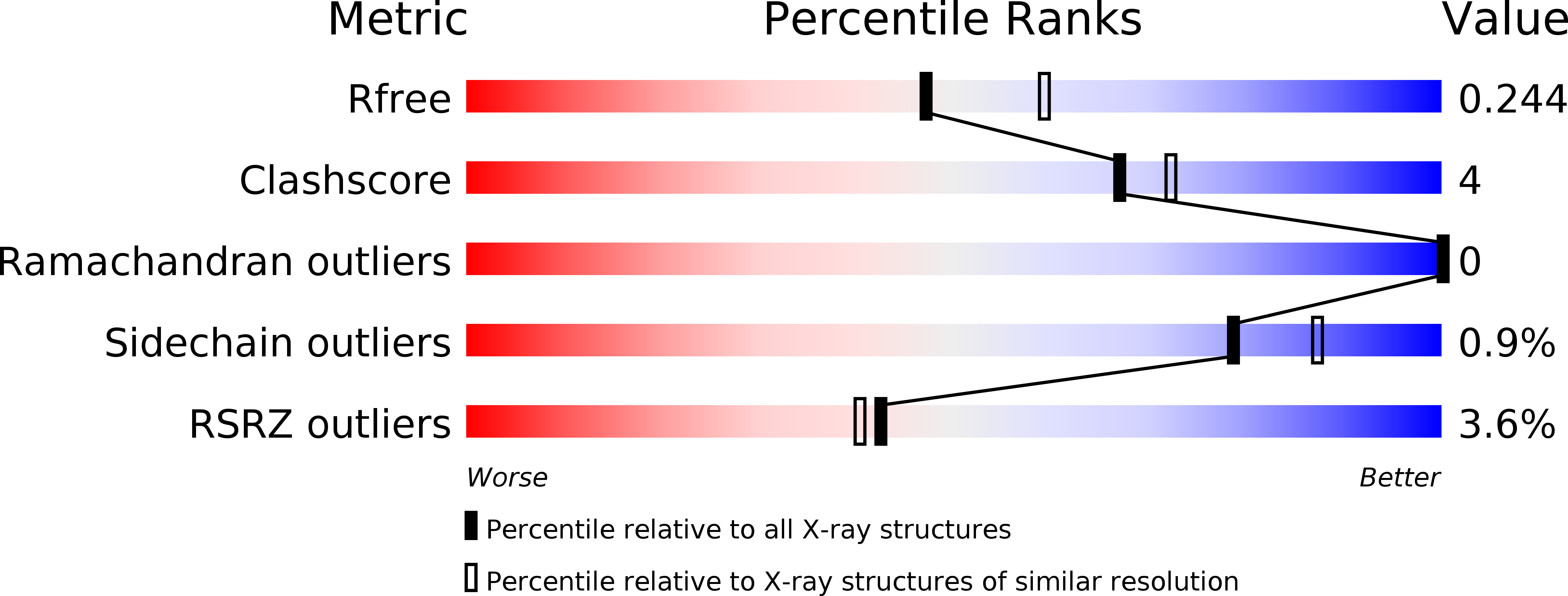
Deposition Date
2018-10-05
Release Date
2018-11-07
Last Version Date
2024-11-20
Entry Detail
PDB ID:
6MP1
Keywords:
Title:
Crystal structures of the murine class I major histocompatibility complex H-2Db in complex with the mutant TRP1-K8 peptide
Biological Source:
Source Organism:
Mus musculus (Taxon ID: 10090)
Host Organism:
Method Details:
Experimental Method:
Resolution:
2.21 Å
R-Value Free:
0.24
R-Value Work:
0.20
R-Value Observed:
0.21
Space Group:
P 21 21 21


